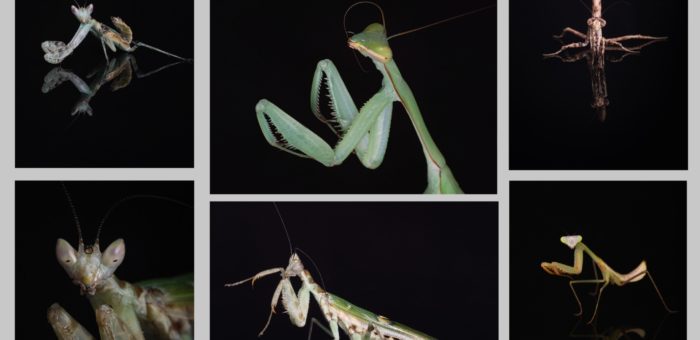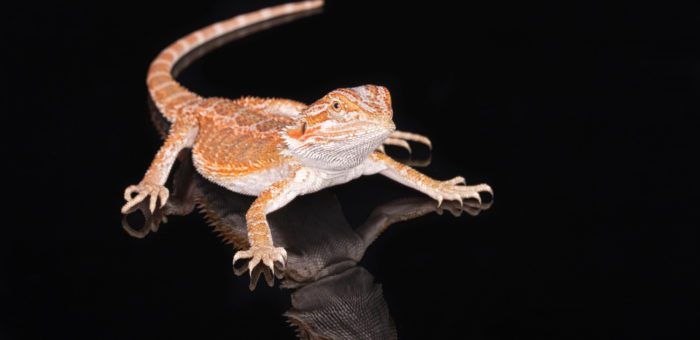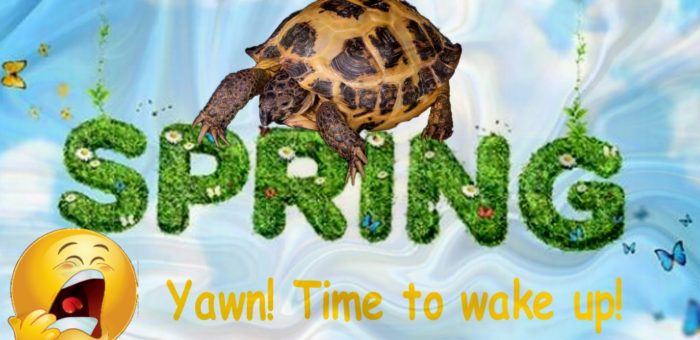
Praying mantis – Interesting facts you might not know about
Mantis are a hugely entertaining and fascinating group of insects that make easy to keep pets. Here are some interesting and often bizarre facts about them! 1. Their habit of sitting waiting for their prey with arms folded makes them look like they are praying - their name mantis comes from the Greek word 'mantikos' meaning prophet. 2. There are over 2400 known species of Mantis, mainly occurring in tropical and sub-tropical regions - but there are some that live in temperate climate such as the Chinese and European Mantis. 3. Mantis are closely related to cockroaches and are placed in an insect superorder Dictyoptera, that includes the order Blattodea and the order Mantodea. 4. Mantis can turn their heads in 180 degrees to look over their shoulders - a…



